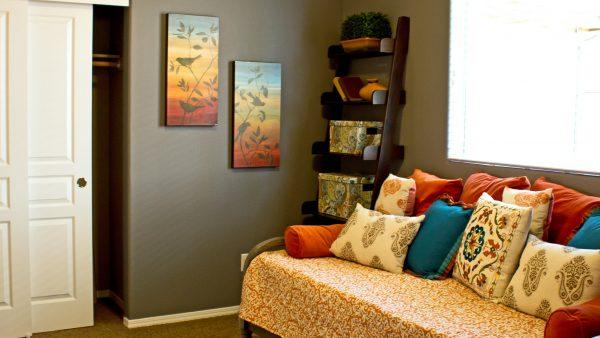When it comes to energy use inside the home, there are many areas where you could be wasting money without even knowing it. In addition to saving you money, making your home more energy efficient benefits the environment. Energy efficiency in the United States, despite a 30% growth in the economy, has remained the same since 2000.
Start Simple
When it comes to increasing the energy efficiency of your home, there are some simple steps that you can take. These are also affordable and will cut down on bills each month. Switching out the lightbulbs in your home and replacing them with LEDs significantly cuts down on the energy usage of your lights
Installing dimmers can also help cut down on energy use that is produced by the light fixtures in your home.
Unplugging appliances can also cut down on energy usage. You may be surprised as to just how much energy your electronics can waste. According to the U.S. Department of Energy, leaving appliances plugged in can consume 75% of electricity. Unplugging your electronics, especially the ones that you don’t often use, will save energy in the long run.
If you don’t want to unplug your appliances, investing in new energy-efficient appliances and electronics can significantly cut down on costs. Energy-efficient appliances often have longer lifespans than their less-efficient counterparts. With less electricity being used, there’s less wear and tear.
Consider Your Installation
You may think that your home is properly insulated, but many areas can let air escape. One area is your roof. Besides shielding you from the elements, having a properly insulated roof can help increase the energy efficiency of your home.
Repairing your roof will fix any areas with cracks or damage. In the summer, an energy-efficient roof can be 50 degrees cooler. In the winter months, a new or newly repaired room can provide 36 degrees more heat retention.
Roof repair should be in your home budget, as well as enough money to get a new roof if needed. A new roof is an investment that provides energy efficiency and curb appeal.
Turn Down Your Central Air System
It can be tempting to crank up the air conditioning or heat depending on the month, but keeping your thermostat at a consistent temperature will make your home more energy efficient. Air conditioners alone account for 6% of electricity nationwide, according to the U.S. Department of Energy.
Keeping the temperature at a steady level year-round increases your energy efficiency, as it takes less to change the temperature and heating level.
Update Your Windows
Over time, windows can fall prey to damage such as cracks. Your window sills will suffer from wear and tear the longer you go before replacing them. Having new windows installed will lock in your heating and cooling. It will also keep the air outside from coming in. This is a great way to lower monthly bills.
The Effect of Making Your Home Energy Efficient
While it may be daunting to convert your home to make it more energy efficient, many of the steps are easier than you may think. Converting your home, while it comes with upfront costs, is a long-term investment. Factoring in the savings over the years will cut down on bills.
One of the best places to start is by creating a list to identify the areas of your home that need the most work. While the simple tasks inside the home can come quickly, when looking at the insulation of the exterior of your home, more budgeting and planning are needed.
Creating an energy-efficient home increases your curb appeal, and your energy bill — all while protecting the environment.




